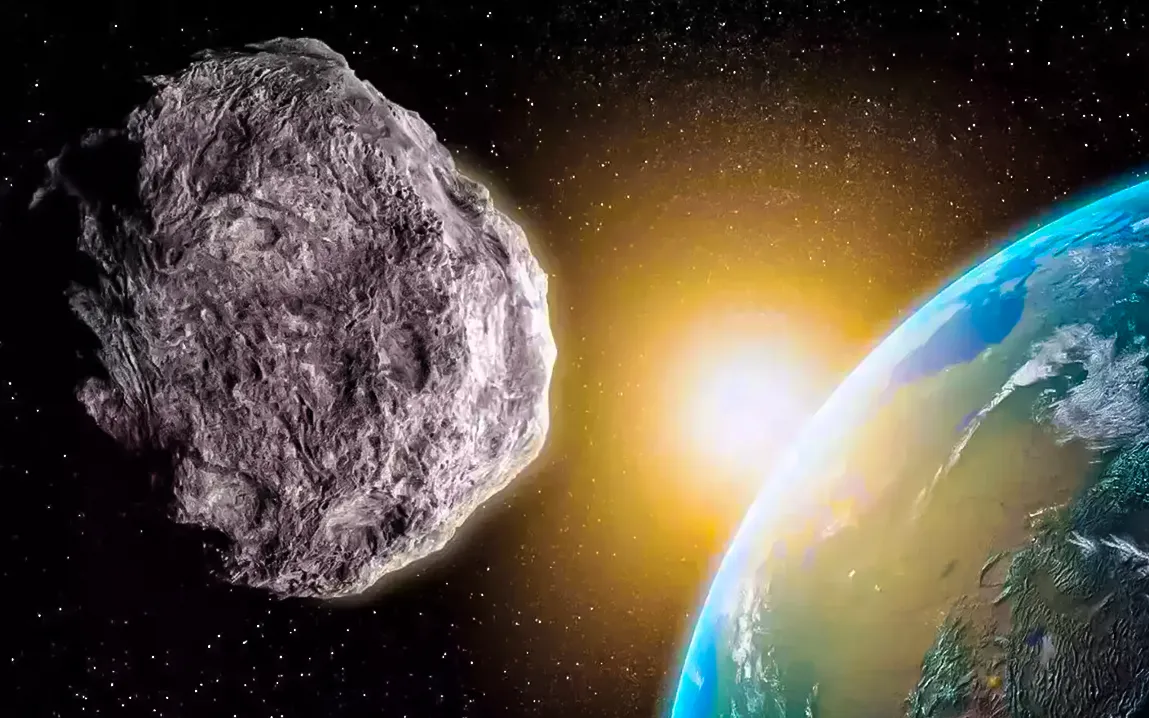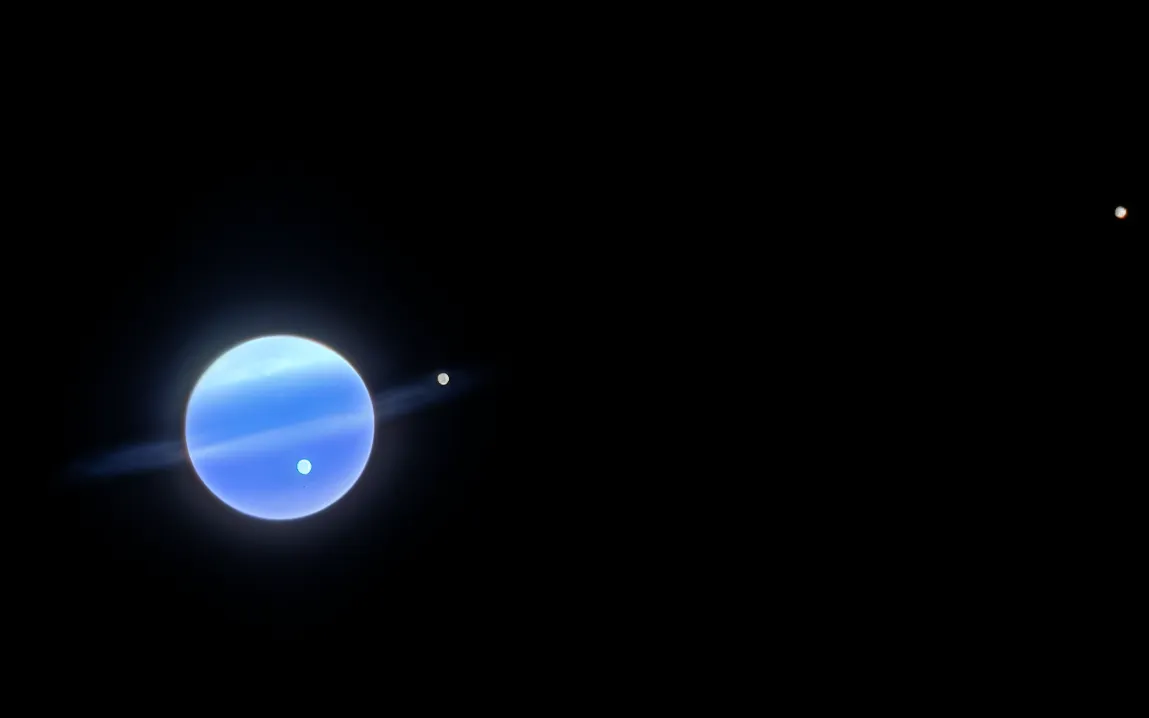A newly discovered asteroid once sparked global concern with a small chance of hitting Earth, but now, scientists say the real risk might be to the moon.
The asteroid, called 2024 YR4, was first spotted in December 2024. Just a month later, on January 29, 2025, it triggered a first-ever warning alert from the International Asteroid Warning Network (IAWN), after early estimates showed a 1.3% chance it could collide with Earth in December 2032.
Why Scientists Took It Seriously?
At the time, experts estimated the asteroid could be between 40 and 90 meters wide—large enough to cause significant damage if it struck Earth. That risk gave it a Torino scale rating of 3, meaning it was serious enough to deserve global attention.
Astronomers around the world sprang into action, with a team at the University of Helsinki leading the charge. Using the Nordic Optical Telescope in Spain’s Canary Islands, researchers started tracking the asteroid’s path, motion, and shape.
“Our recent observations continue to demonstrate the vital role that NOT plays in planetary defense efforts,” said researcher Grigori Fedorets.
The Risk Dropped—but the Moon’s In Danger
By mid-February, YR4’s chances of hitting Earth rose briefly to 3%, the highest ever recorded for an asteroid of this size. But new tracking data collected right after the full moon, temporarily blocking visibility, lowered the risk to less than 0.001%.
However, the asteroid still poses a 4% chance of hitting the moon. While not dangerous to people on Earth, such an impact could create clouds of debris that may affect satellites or human space missions.
“The Earth-moon system could be clouded with particles, potentially threatening human space infrastructure,” said Academy Professor Karri Muinonen.
New Size Estimate from James Webb Telescope
NASA’s James Webb Space Telescope joined the mission on March 26, capturing the asteroid’s infrared radiation, which is a more accurate way to measure size. And as a result, a 95% probability that YR4 is between 46 and 74 meters in diameter.
“Our first attempt failed, so it was a relief when the images came back,” said researcher Eric MacLennan.
This data helps scientists better understand what would happen if YR4 ever hit the moon or Earth.
A Global Team Effort in Planetary Defense
Thanks to the Nordic Optical Telescope, researchers in Finland and elsewhere helped quickly track and model the asteroid. The University of Helsinki continues to play a key role in planetary defense through observations, modeling, and impact prediction.
Finland is also preparing to launch its Space Situational Awareness Center, which will monitor space threats like asteroids, space weather, and debris.
“The scientific know-how here is essential to supporting national and international asteroid risk monitoring,” said Dr. Anne Virkki, a senior scientist involved in the project.
So, while 2024 YR4 won’t be hitting Earth any time soon, it’s giving scientists a real-world test run in how we track and prepare for objects that might someday head our way or toward our closest neighbor, the moon.



